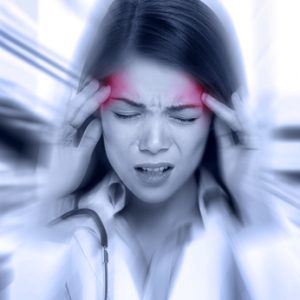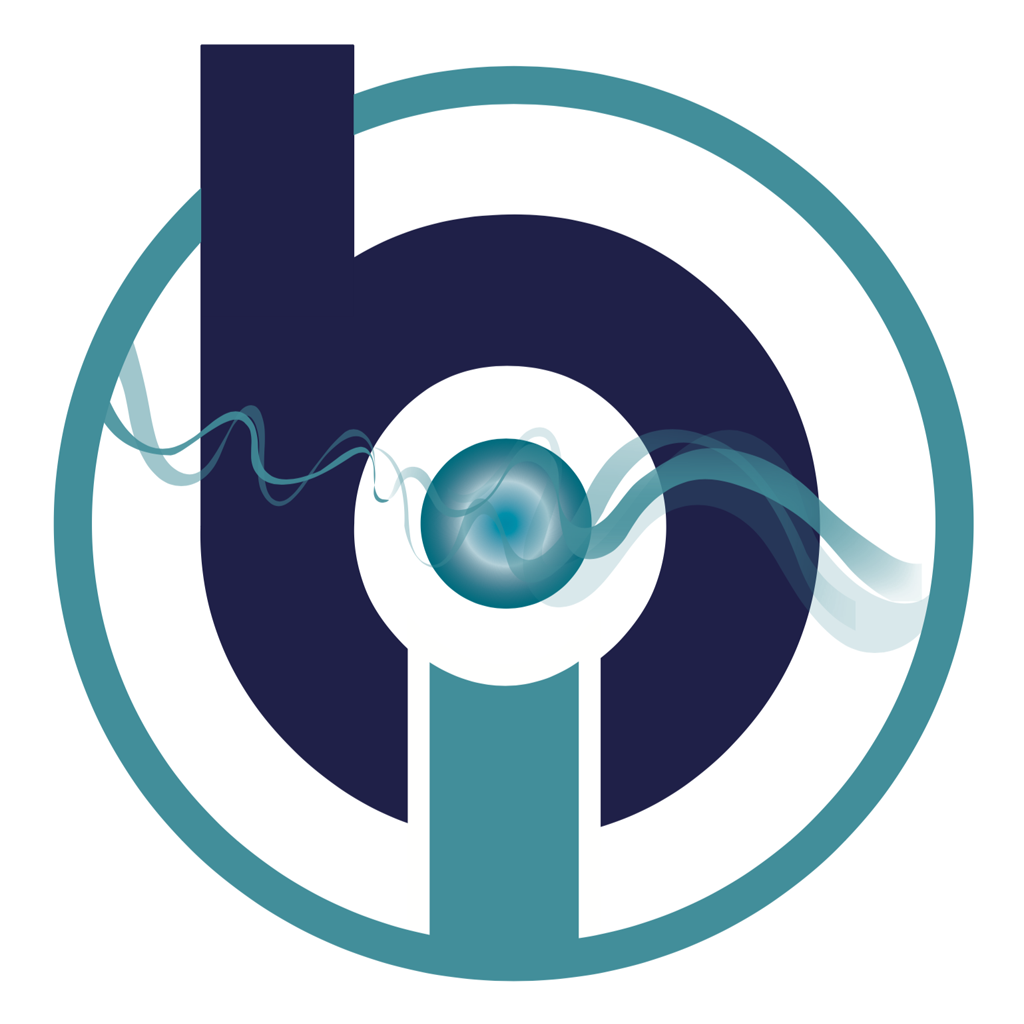
Introduction
The rise of civilization and the exponential modernization of the global economy has undoubtedly benefitted the human race in countless ways. However, these advancements are only made possible as more individuals undertake added burden and stress to constantly meet increasing expectations. At the root of it all, the human mind plays a fundamental role that determines what the future might hold.
The effect of this global phenomenon is clearly evident throughout modern society. Students are now taught more complex educational materials at a younger age and university entry requirements have become more stringent to only accept the top graduating cohorts. It can be argued that working adults have had to adjust the most. They have to cope with additional roles within their organization as well as accept longer working hours with lesser off days.
As a result of these added demands, it is harder to achieve an effective work-life balance and this increases the need for individuals to consciously maintain their physical and mental health. Unfortunately, a majority of individuals neglect this aspect of their lives and suffer from its consequences. One of the most common effects is the prevalence of migraines.
Statistics provided by The Migraine Trust accurately portrays its dominance in recent years. It is estimated that up to 15% of the world population experience this disease, which roughly equates to 1 in 7 people. There are approximately 190,000 migraine attacks in the United Kingdom on a daily basis, with the female population three times more susceptible to it due to their hormonal structure. More than 75% of existing migraine patients have to deal with attacks at least once a month, with more than half of them suffering from severe impairment during each episode.
Causes of Migraine
These discouraging figures only serve to highlight the urgent need for individuals to actively take necessary precautions to prevent the onset of migraines. In order for this to happen, they first have to be educated on the causes of migraines. Through years of case studies and clinical trials, medical experts have managed to identify several contributing factors that can trigger a migraine attack.
While excessive stress and physical exertions is a common cause of migraines, experts have discovered that individual dietary preferences can have similar effects as well. Salty foods, processed foods, and food additives are known culprits. Alcohol consumption and excessive caffeine intake can also trigger off a migraine attack. The use of certain medications can also increase the risk of migraines.
On the other hand, environmental factors characterized by changes in weather or barometric pressure, bright lights, sun glare, loud sounds, and unusual smell can also lead to the prevalence of migraines. Nonetheless, each of these factors affects different individuals in varying degrees and a positive identification of the relevant factors will help in the successful prevention of future attacks.
Signs and Symptoms
Most people are unaware that the body gives off subtle signals to indicate an impending migraine attack. These signals often occur one or two days before the migraine hits and can present itself in either of the following:
- Depression
- Constipation
- Hyperactivity
- Food cravings
- Neck Stiffness
- Excessive yawning
- Irritability
Although most of these indications are subjective, an individual should be able to identify their presence and be wary of a migraine attack. The duration of each migraine attack normally ranges between 4 to 72 hours. After each episode, individuals usually report feeling washed out and physically drained.
Treatment Options
Sadly, there is no permanent cure for migraines. Instead, affected individuals are encouraged to actively evaluate the circumstances that lead to a migraine attack. In this way, they are able to adopt preventive measures to avoid future episodes. However, there are several specific medications that are used to treat migraines. Pain relieving medications, such as aspirin or ibuprofen, are widely prescribed to help patients manage their migraine condition.
While these prescriptions can effectively help to mitigate the severity of each migraine attack, it is not recommended as a permanent solution. Prolonged reliance and consumption of these medications can cause adverse side effects, including ulcers and gastrointestinal bleeding. On the other hand, individuals might seek preventive therapy if they suffer from four or more migraine attacks a month. Normal pain relieving medications are most likely to be ineffective for this group of patients and preventive therapy can help to reduce the frequency and severity of migraine attacks. However, these medications do possess certain side-effects as well and individuals should not become overly dependent on them.
Bioresonance Therapy
A relatively new form of treatment alternative for migraines comes in the shape of Bioresonance therapy. It is a breakthrough discovery backed by biophysics and quantum mechanics, tipped revolutionize the medical industry. Ever since its initial introduction to the medical community, its popularity has been consistently rising with more health professionals bearing testament to its effectiveness. This form of therapy utilizes the full functionality of the BICOM device that can be modified to suit each patient’s condition.
Bioresonance therapy relies on its state-of-the-art technology to identify and excrete harmful substances in the human body. Throughout this intricate process, the therapy also helps to re-establish vital communication between cells that have been previously damaged. This facilitates an improved flow of information within the body system that ultimately allows it to regain its healthy functionality. With a successful detoxification, common triggers of migraine are effectively purged from the body, preventing the possibility of an attack.
To further enhance its effectiveness, Bioresonance therapy can be used to supplement existing pain relieving medications. Not only does it not possess any side effects, but this form of therapy also works as a preventive measure that does not require prolonged reliance on prescriptive medications.
Conclusion
Although the prevalence of migraine attacks is one of the most common health issues, many individuals neglect to seek appropriate treatment for it. Instead, a majority of them prefer to suffer through the experience and carry on with their lifestyle until the next attack occurs. While there are many effective treatment options available to these patients, most of them come with the possibility of side-effects which might deter patients from relying on them. In light of these circumstances, patients might be open to seeking treatment in the form of Bioresonance therapy. This revolutionary treatment does not possess any side-effects and it also helps to purge the body of its impurities. As more health experts continue to support this treatment option, it is highly anticipated that Bioresonance therapy will be used as a primary treatment option in the near future.


